Home>Gardening & Outdoor>Landscaping Ideas>What Kills Nut Grass In Lawns
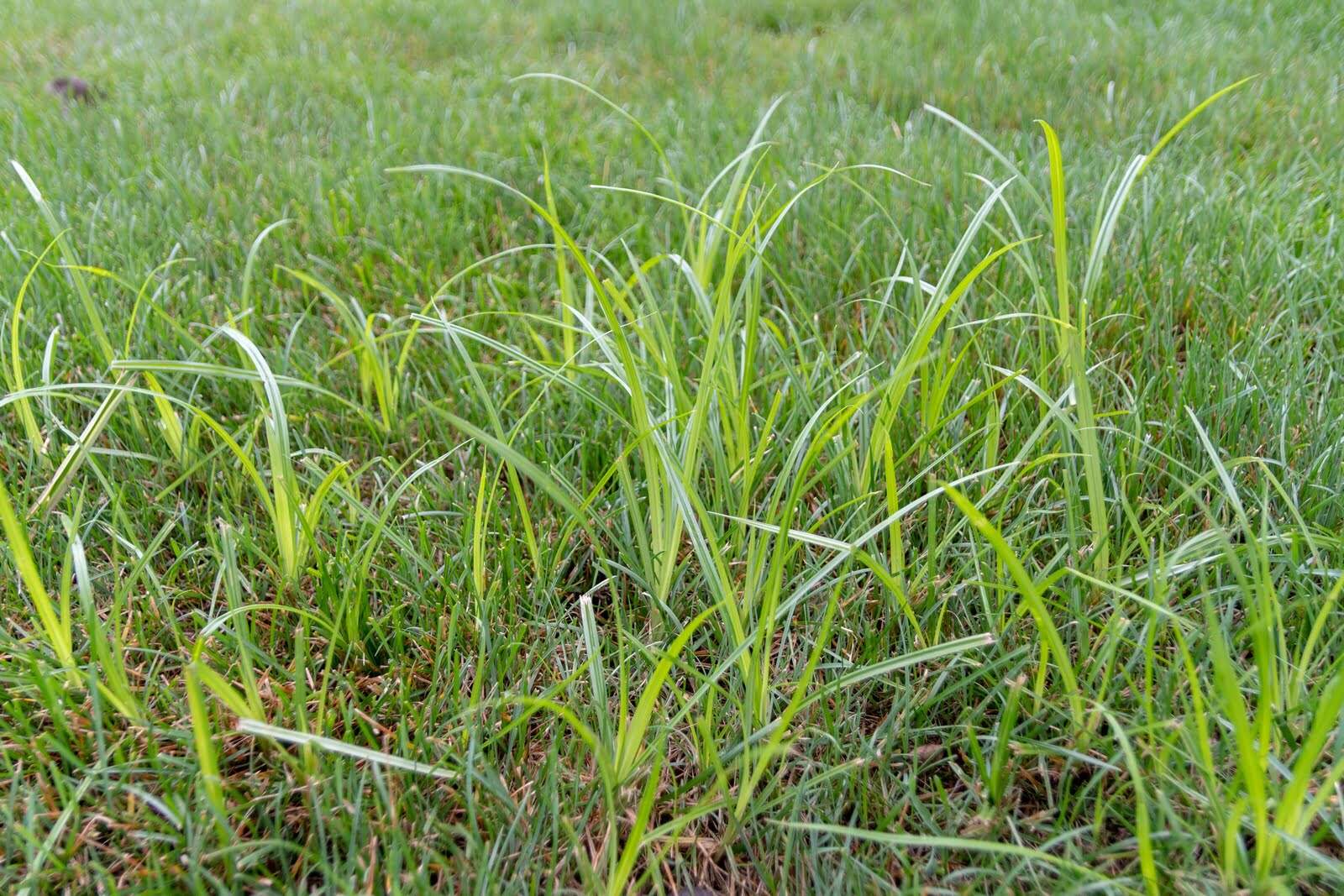

Landscaping Ideas
What Kills Nut Grass In Lawns
Modified: February 2, 2024
Learn effective landscaping ideas to eliminate nut grass in your lawn and achieve a lush, weed-free yard. Discover the best methods for controlling nut grass and restoring the beauty of your landscape.
(Many of the links in this article redirect to a specific reviewed product. Your purchase of these products through affiliate links helps to generate commission for Storables.com, at no extra cost. Learn more)
Introduction
Are you frustrated by the persistent presence of nut grass in your lawn? If so, you're not alone. Nut grass, also known as nutsedge, is a resilient and invasive weed that can quickly take over lawns, leaving homeowners desperate for effective solutions. In this comprehensive guide, we'll delve into the world of nut grass and explore various methods for eradicating this troublesome plant from your lawn. Whether you're seeking chemical herbicides or prefer organic and natural remedies, we've got you covered. Additionally, we'll discuss essential prevention and maintenance tips to keep nut grass at bay in the long run. By the end of this article, you'll be equipped with the knowledge and strategies needed to combat nut grass and restore your lawn to its former glory. So, let's roll up our sleeves and dive into the battle against nut grass!
Key Takeaways:
- Nut grass, also known as nutsedge, is a resilient and invasive weed that can quickly take over lawns. Understanding its behavior and implementing targeted interventions is crucial for effective eradication.
- Combating nut grass requires a multifaceted approach, including chemical herbicides, organic remedies, and proactive prevention and maintenance practices. By prioritizing resilience and sustainability, homeowners can reclaim and maintain a healthy, weed-free lawn.
Read more: How To Kill Nut Grass In Your Lawn
Understanding Nut Grass
Before we explore how to eliminate nut grass from your lawn, it's essential to understand the nature of this persistent weed. Nut grass, scientifically known as Cyperus rotundus, is often misidentified as a grass due to its slender, grass-like leaves. However, it is actually a sedge, belonging to the family Cyperaceae. This distinction is crucial because nut grass behaves differently from typical grassy weeds, making it more challenging to control.
One of the most notable characteristics of nut grass is its rapid and extensive rhizome system. These underground stems enable nut grass to spread vigorously, forming dense networks beneath the soil surface and producing new shoots at an alarming rate. As a result, traditional methods of weed control may prove ineffective against this resilient intruder.
Furthermore, nut grass thrives in moist, poorly drained soil, making it a common nuisance in lawns and gardens with waterlogged or compacted earth. Its ability to adapt to various soil conditions and climates contributes to its widespread presence in many regions.
Identifying nut grass can be challenging, especially when it resembles other grassy plants. However, its triangular stems, distinctive flower clusters, and tuberous underground nutlets are key identifiers. These nutlets, or tubers, serve as storage organs, allowing nut grass to survive adverse conditions and resprout even after being cut or pulled.
By familiarizing yourself with the unique traits of nut grass, you can better appreciate the tenacity of this weed and tailor your eradication efforts accordingly. In the following sections, we will explore the most effective methods for eliminating nut grass from your lawn, whether through chemical herbicides or organic remedies.
Common Methods for Killing Nut Grass
When it comes to combating nut grass in your lawn, several methods have proven to be effective. Each approach offers its own set of advantages and considerations, allowing homeowners to choose the most suitable strategy based on their preferences and environmental concerns.
- Hand Pulling: While labor-intensive, hand pulling nut grass can be an initial step in reducing its population. It’s essential to remove the entire plant, including the underground tubers, to prevent regrowth. However, this method may be impractical for large infestations or extensive lawns.
- Mowing: Regular mowing can help weaken nut grass by removing the aboveground foliage and preventing seed head formation. However, mowing alone is unlikely to eradicate nut grass, as it primarily targets the visible growth rather than the resilient underground tubers.
- Soil Solarization: This technique involves covering the affected area with clear plastic to harness solar heat, effectively raising soil temperatures and killing nut grass and its seeds. While effective, soil solarization requires careful planning and may not be suitable for all lawn areas.
- Fallow Period: Allowing the lawn to remain fallow for a period of time can deprive nut grass of favorable growing conditions, ultimately weakening its presence. During this period, the soil is left unplanted and devoid of water, gradually diminishing the nut grass population.
While these methods can provide some degree of control, they may not entirely eradicate nut grass, especially in persistent infestations. As such, many homeowners turn to herbicides to address the issue more effectively. In the following sections, we’ll delve into the use of chemical herbicides and explore organic and natural remedies for eliminating nut grass from lawns.
Chemical Herbicides
For homeowners seeking a more potent and targeted approach to nut grass eradication, chemical herbicides offer a viable solution. These specialized products are formulated to effectively combat nut grass while minimizing harm to desirable plants when used according to label instructions. When considering the use of chemical herbicides, it’s crucial to prioritize safety, environmental impact, and adherence to local regulations.
One of the most widely used herbicides for nut grass control is sulfentrazone. This selective herbicide targets sedges, including nut grass, while sparing most turfgrasses when applied correctly. Sulfentrazone works by inhibiting the growth of nut grass and disrupting its root development, ultimately leading to the plant’s demise. It is available in various formulations, including granules and liquid concentrates, allowing for flexible application methods based on the specific lawn conditions and infestation severity.
Another effective herbicidal option is halosulfuron-methyl, which provides targeted control of nut grass and other sedges. This herbicide is known for its systemic action, penetrating the plant’s tissues to deliver comprehensive eradication. Additionally, halosulfuron-methyl exhibits low toxicity to non-target organisms, further enhancing its appeal for environmentally conscious homeowners.
When applying chemical herbicides, it’s essential to follow the manufacturer’s recommendations for proper dilution, application timing, and safety precautions. Additionally, considering the potential impact on surrounding vegetation and water sources is crucial to prevent unintended harm to beneficial plants and ecosystems.
While chemical herbicides can offer rapid and effective nut grass control, it’s important to weigh their benefits against potential drawbacks, such as environmental impact and the development of herbicide resistance in target weeds. As an alternative to chemical interventions, many homeowners are turning to organic and natural remedies to address nut grass infestations in a more environmentally friendly manner. In the following section, we’ll explore these eco-conscious approaches and their efficacy in combating nut grass while promoting a healthy lawn ecosystem.
Regularly mowing your lawn can help control nut grass by preventing it from producing seeds and spreading. Additionally, applying a pre-emergent herbicide in the spring can help prevent nut grass from germinating.
Organic and Natural Remedies
For homeowners who prefer a more environmentally friendly and sustainable approach to nut grass control, organic and natural remedies offer effective alternatives to chemical herbicides. These methods prioritize the preservation of beneficial organisms and the overall health of the lawn ecosystem while targeting nut grass and minimizing its spread.
One of the most prevalent natural remedies for nut grass is the application of vinegar. Acetic acid, the active component in vinegar, can effectively desiccate and kill nut grass upon direct contact. When using vinegar as a herbicidal agent, it’s important to apply it carefully to avoid harming desirable plants, as its non-selective nature can affect surrounding vegetation.
Boiling water serves as another simple yet potent tool for combating nut grass. By carefully pouring boiling water over the targeted nut grass patches, homeowners can scorch and weaken the weed, ultimately impeding its growth. This method is particularly effective for small-scale infestations and can be repeated as needed to achieve sustained control.
Furthermore, the application of organic mulches, such as thick layers of organic compost or straw, can suppress nut grass growth by depriving it of light and impeding its ability to proliferate. Mulching not only suppresses weed emergence but also enhances soil moisture retention and promotes a healthier, more resilient lawn ecosystem.
Additionally, the introduction of competitive plants, such as dense ground covers or vigorous grass species, can outcompete nut grass and limit its expansion. By fostering a diverse and robust plant community, homeowners can naturally mitigate nut grass infestations while enhancing the overall aesthetic and ecological value of their lawns.
While organic and natural remedies offer eco-conscious alternatives to chemical herbicides, it’s important to note that their efficacy may vary based on the extent of the nut grass infestation and the specific lawn conditions. By combining these natural approaches with proactive prevention and maintenance practices, homeowners can establish a holistic approach to nut grass management that promotes long-term resilience and vitality in their lawns.
Read more: What Chemical Will Kill Nut Grass
Prevention and Maintenance
Effective nut grass management extends beyond eradication efforts and encompasses proactive prevention and ongoing maintenance practices to safeguard your lawn against future infestations. By implementing these preventive measures and adopting sound maintenance routines, homeowners can fortify their lawns against the encroachment of nut grass and other invasive weeds.
Regular and proper watering is a fundamental aspect of lawn care that directly influences nut grass proliferation. By maintaining consistent and deep watering practices, homeowners can promote the healthy growth of desirable turfgrasses while creating less favorable conditions for nut grass, which thrives in moist, compacted soil. Additionally, ensuring adequate soil drainage and aeration can further discourage nut grass establishment.
Furthermore, maintaining an optimal mowing height for your turfgrass species can help inhibit nut grass growth by promoting a dense and vigorous lawn canopy. This shading effect reduces the availability of light for weed germination and establishment, contributing to a more resilient and weed-resistant lawn ecosystem.
Regular soil testing and amendment play a crucial role in creating an inhospitable environment for nut grass. By addressing soil imbalances and deficiencies through targeted amendments, homeowners can optimize the health and vitality of their lawns, reducing the likelihood of nut grass intrusion.
Implementing a robust and proactive weed control program, including pre-emergent herbicide applications targeting nut grass seeds, can provide an additional layer of defense against future infestations. These preventive measures, when integrated into a comprehensive lawn care regimen, contribute to sustained nut grass management and long-term lawn health.
Lastly, fostering a dense and diverse plant community through overseeding with high-quality grass varieties can enhance the competitiveness of desirable turfgrasses, creating a formidable barrier against nut grass encroachment. By promoting a thriving and resilient lawn ecosystem, homeowners can effectively mitigate the establishment and spread of nut grass.
By integrating these preventive measures and maintenance practices into your lawn care routine, you can create an environment that is less conducive to nut grass growth while promoting the overall health and beauty of your lawn. With a proactive and holistic approach to nut grass management, you can enjoy a lush, weed-free lawn that enhances the aesthetic appeal and value of your outdoor space.
Conclusion
As we conclude our exploration of nut grass management, it’s evident that addressing this resilient weed requires a multifaceted approach that combines eradication strategies, preventive measures, and ongoing maintenance practices. Whether you opt for chemical herbicides, organic remedies, or a blend of both, the key to successful nut grass control lies in understanding the weed’s behavior and implementing targeted interventions.
It’s essential to recognize that nut grass management is an ongoing endeavor that demands vigilance and proactive care. By fostering a healthy and resilient lawn ecosystem through proper watering, mowing, soil amendment, and weed control, homeowners can create an environment that is less hospitable to nut grass and other invasive weeds.
Moreover, integrating natural and organic remedies into your nut grass control arsenal not only offers effective weed management but also promotes environmental sustainability and the well-being of beneficial organisms within your lawn ecosystem. By harnessing the power of natural solutions such as vinegar, boiling water, and organic mulches, homeowners can combat nut grass while minimizing their impact on the environment.
Ultimately, the battle against nut grass is best fought with a combination of proactive prevention, targeted eradication, and ongoing vigilance. By adopting a comprehensive approach to lawn care that prioritizes resilience and sustainability, homeowners can enjoy a lush, thriving lawn that is resilient to the encroachment of nut grass and other invasive weeds.
As you embark on your nut grass management journey, remember that persistence and consistency are key. With a steadfast commitment to proactive lawn care practices and the judicious use of control methods, you can reclaim and maintain a healthy, weed-free lawn that enhances the beauty and value of your outdoor space.
Armed with the knowledge and strategies presented in this guide, you are well-equipped to tackle nut grass infestations with confidence and determination. Here’s to a vibrant, nut grass-free lawn that becomes the envy of the neighborhood!
Frequently Asked Questions about What Kills Nut Grass In Lawns
Was this page helpful?
At Storables.com, we guarantee accurate and reliable information. Our content, validated by Expert Board Contributors, is crafted following stringent Editorial Policies. We're committed to providing you with well-researched, expert-backed insights for all your informational needs.
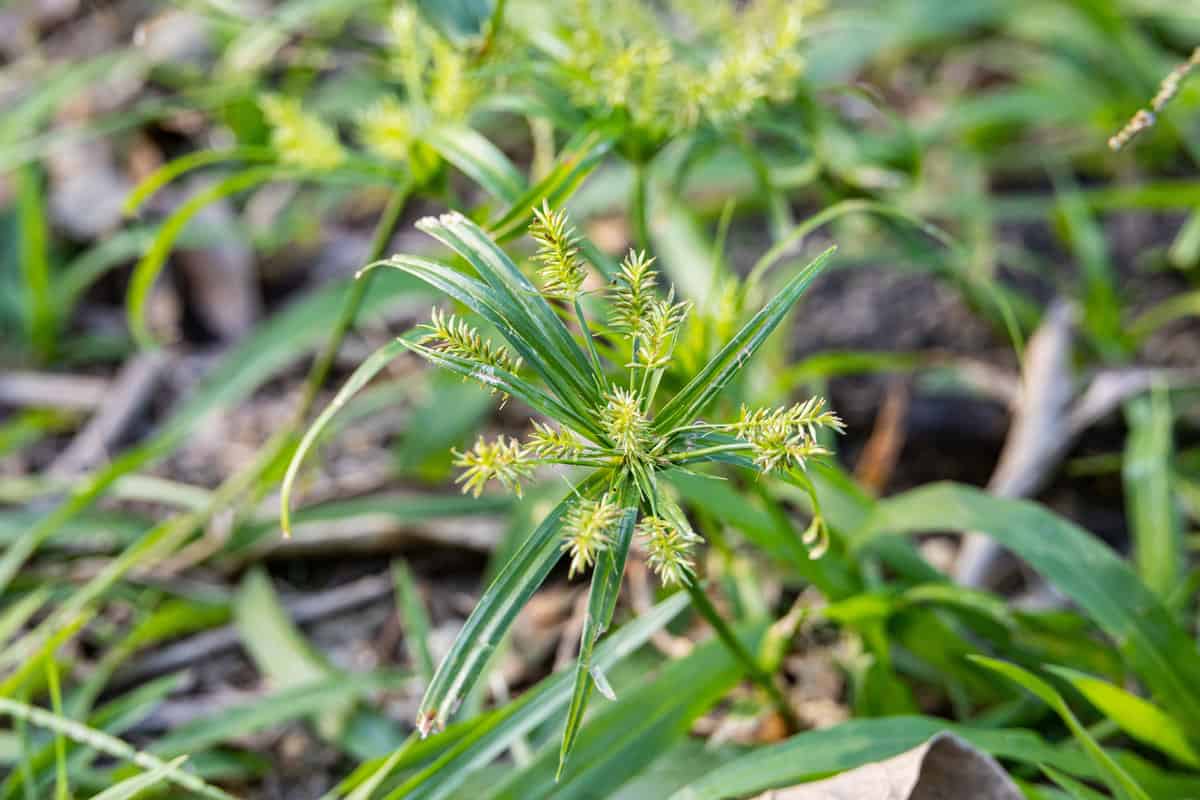
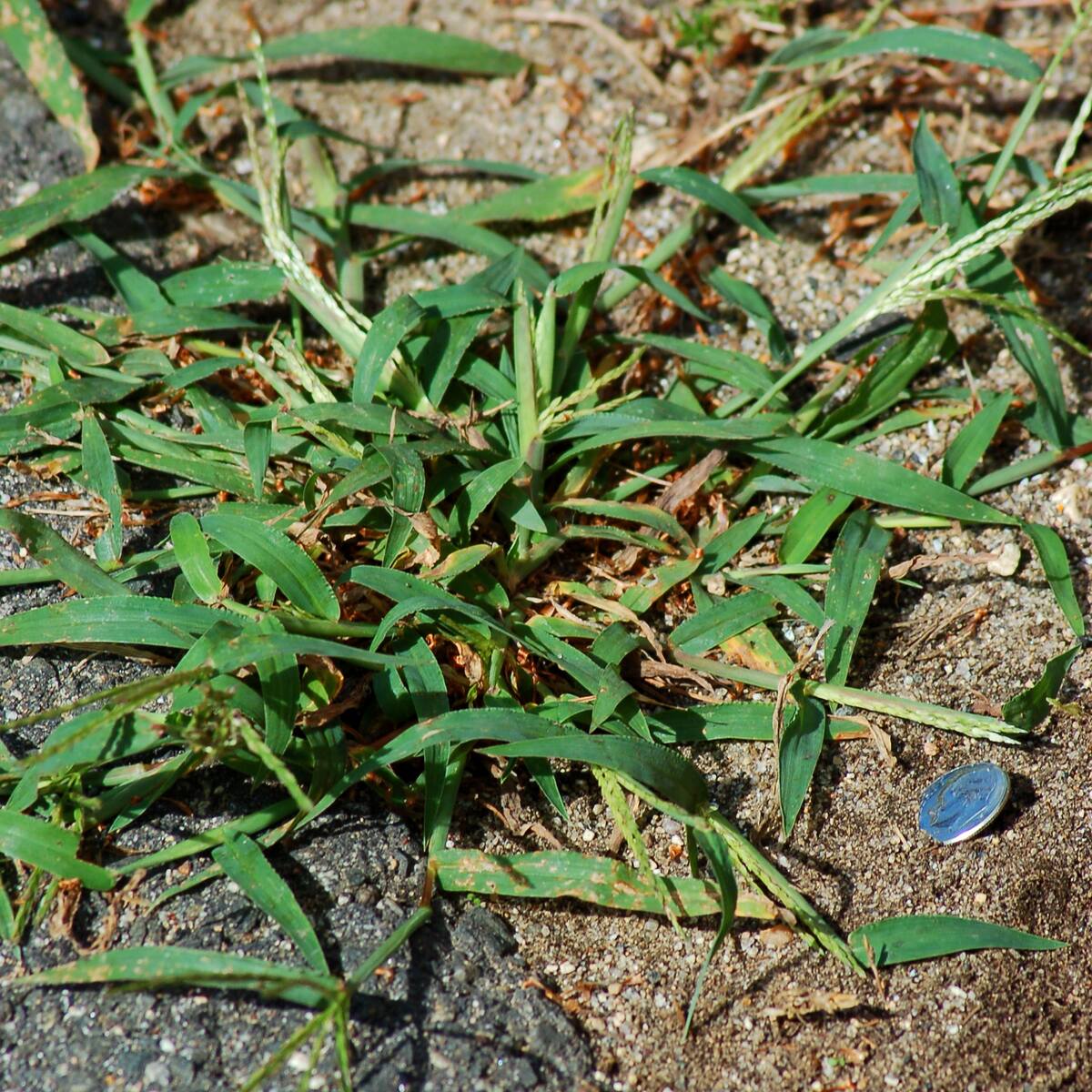
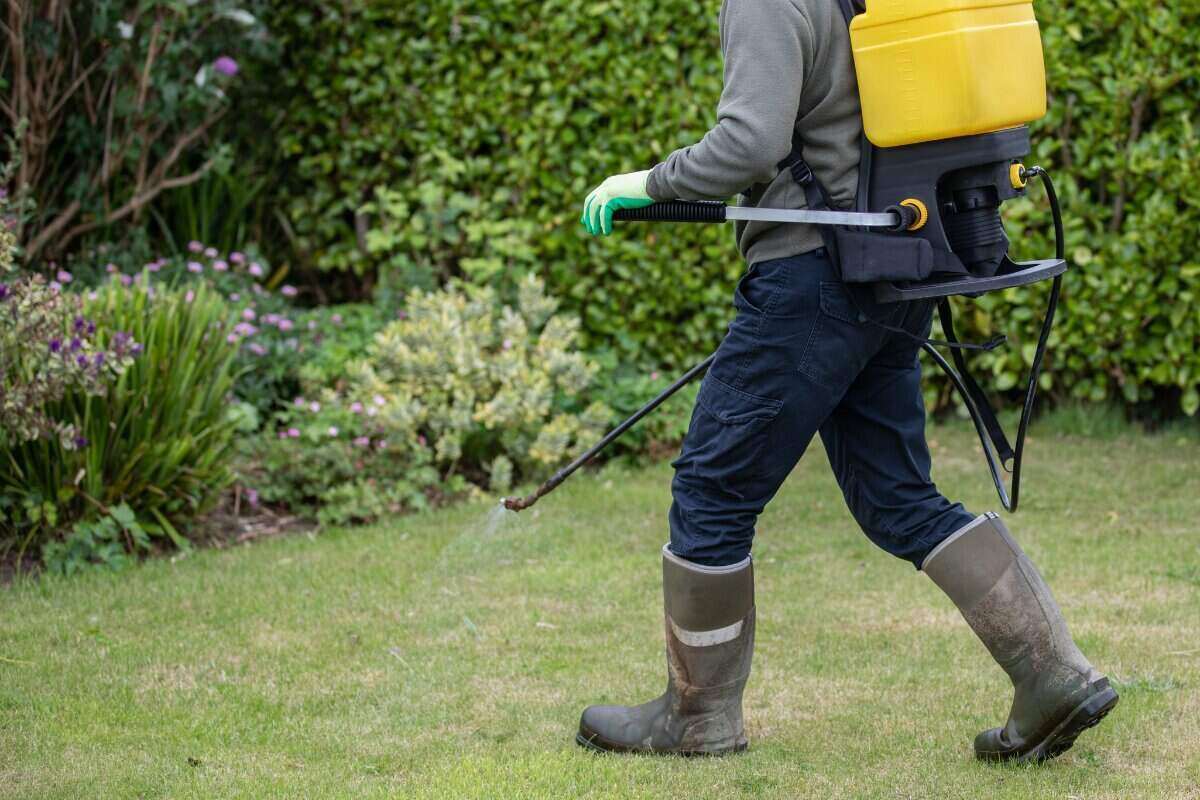
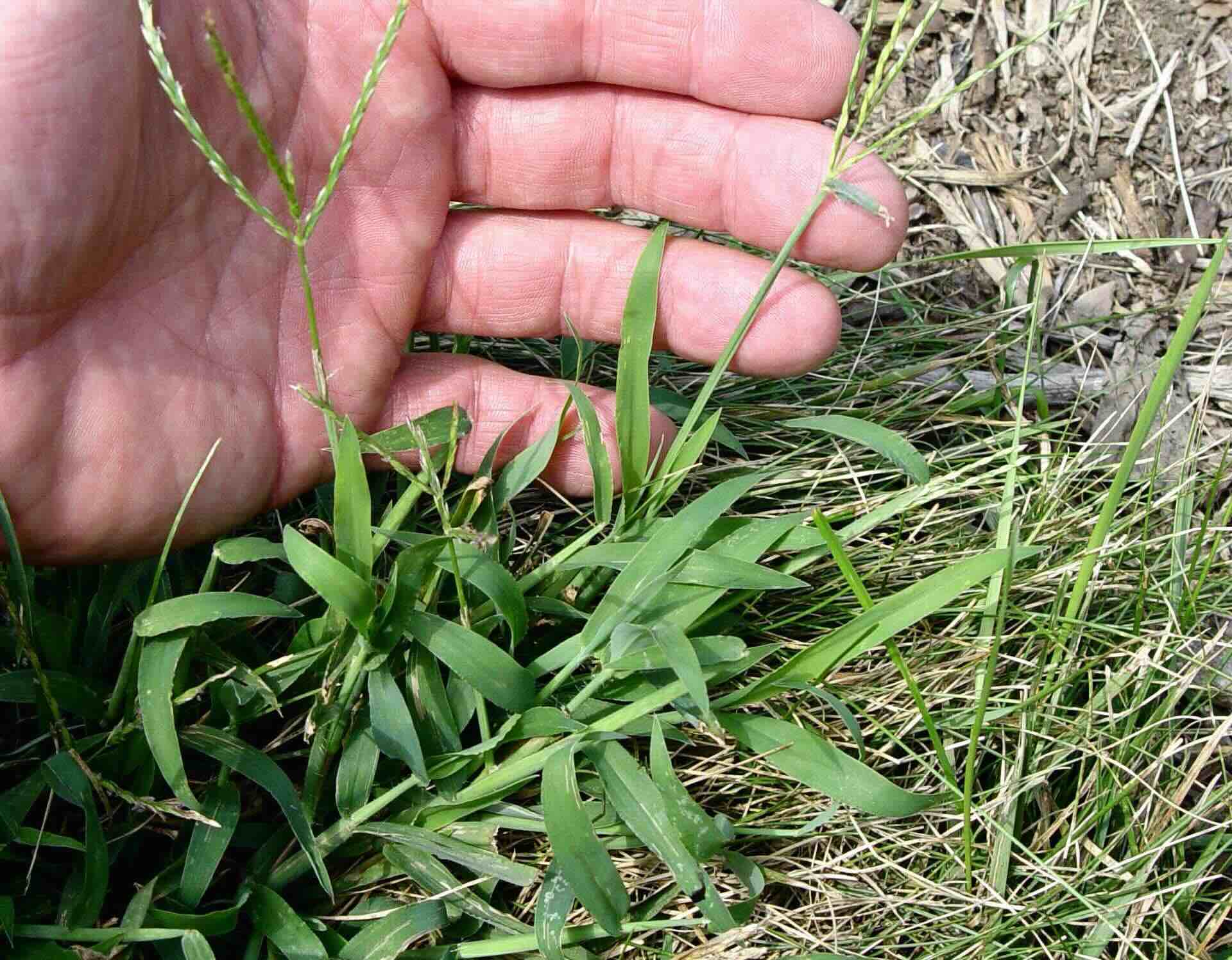
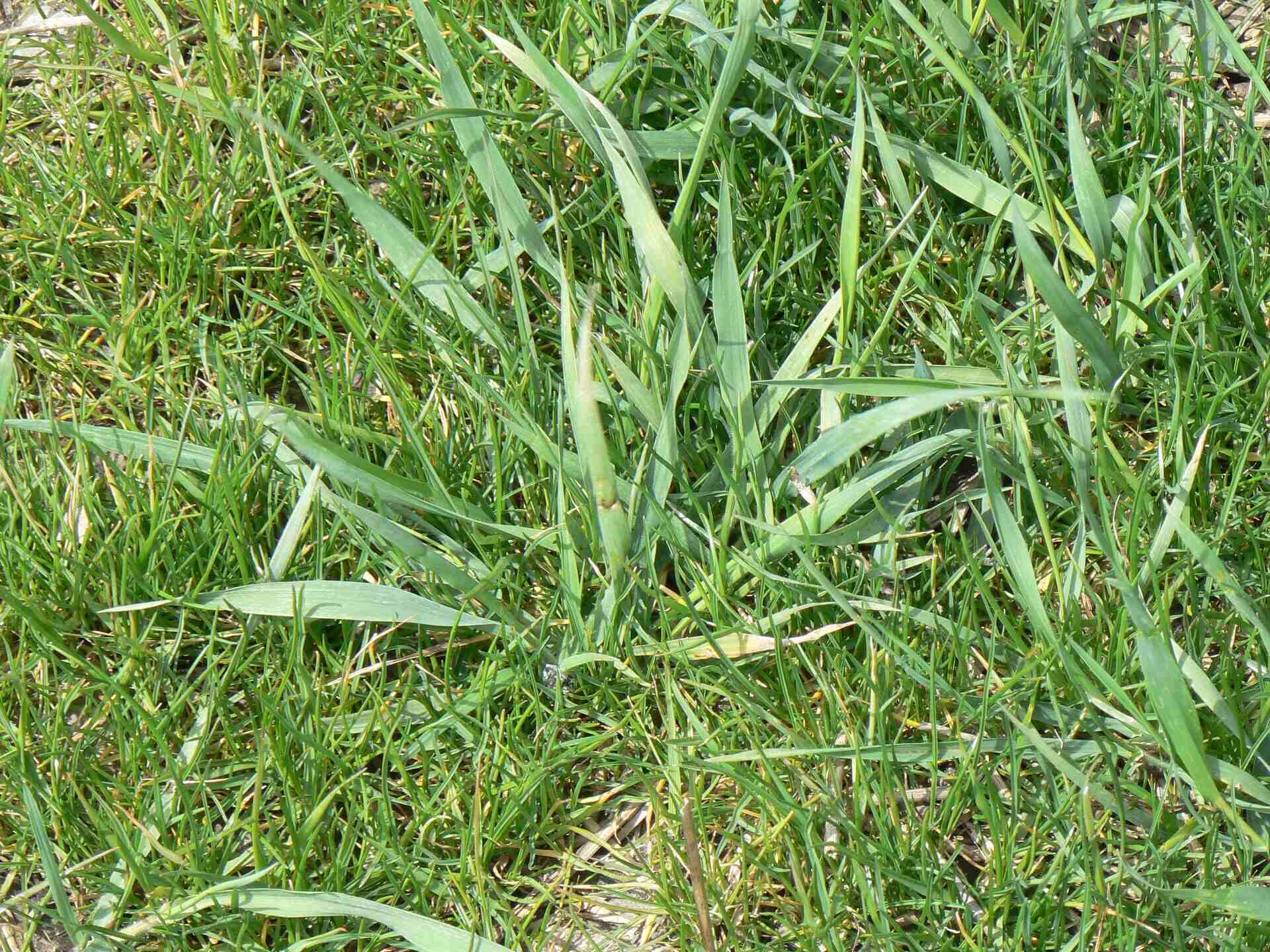
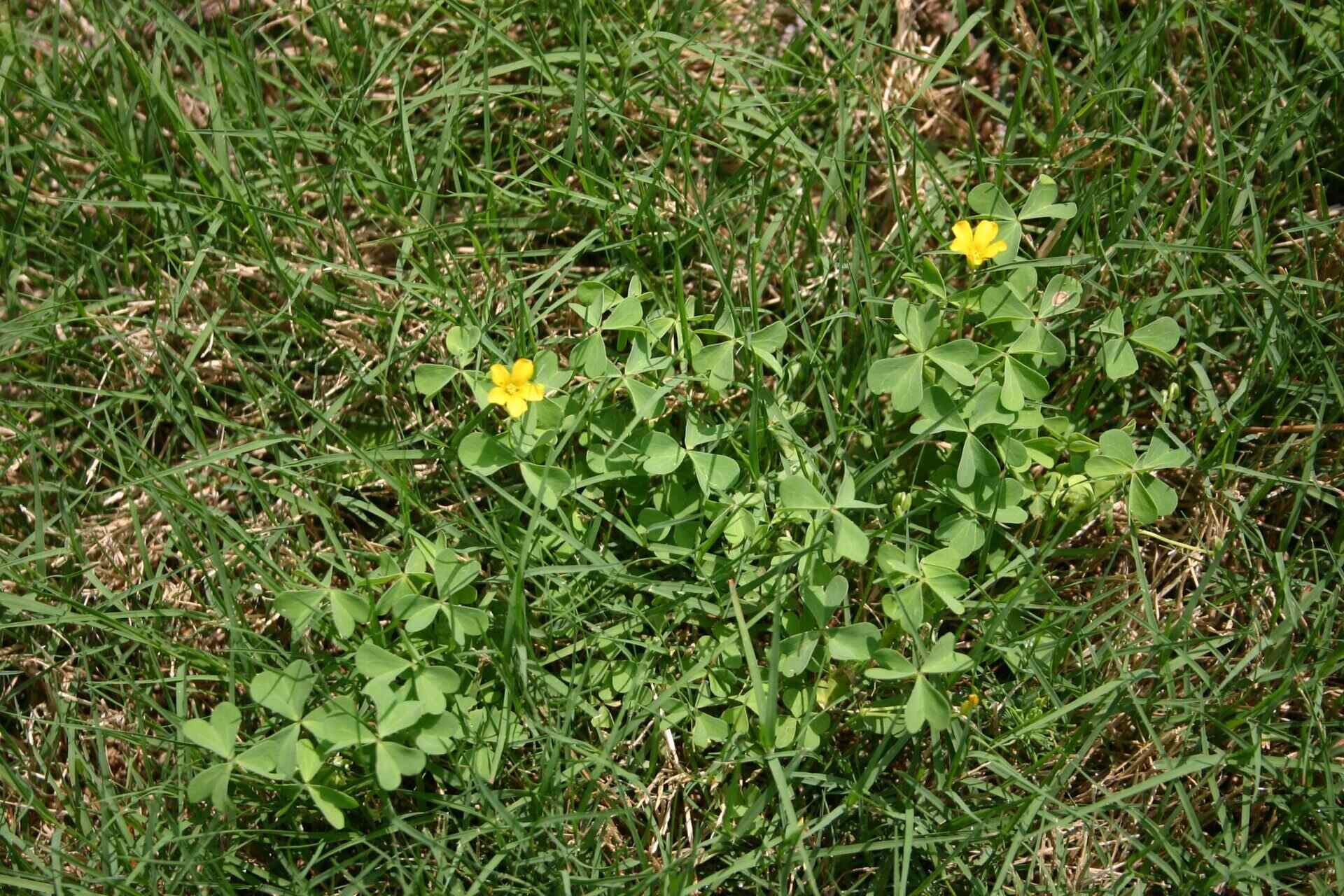
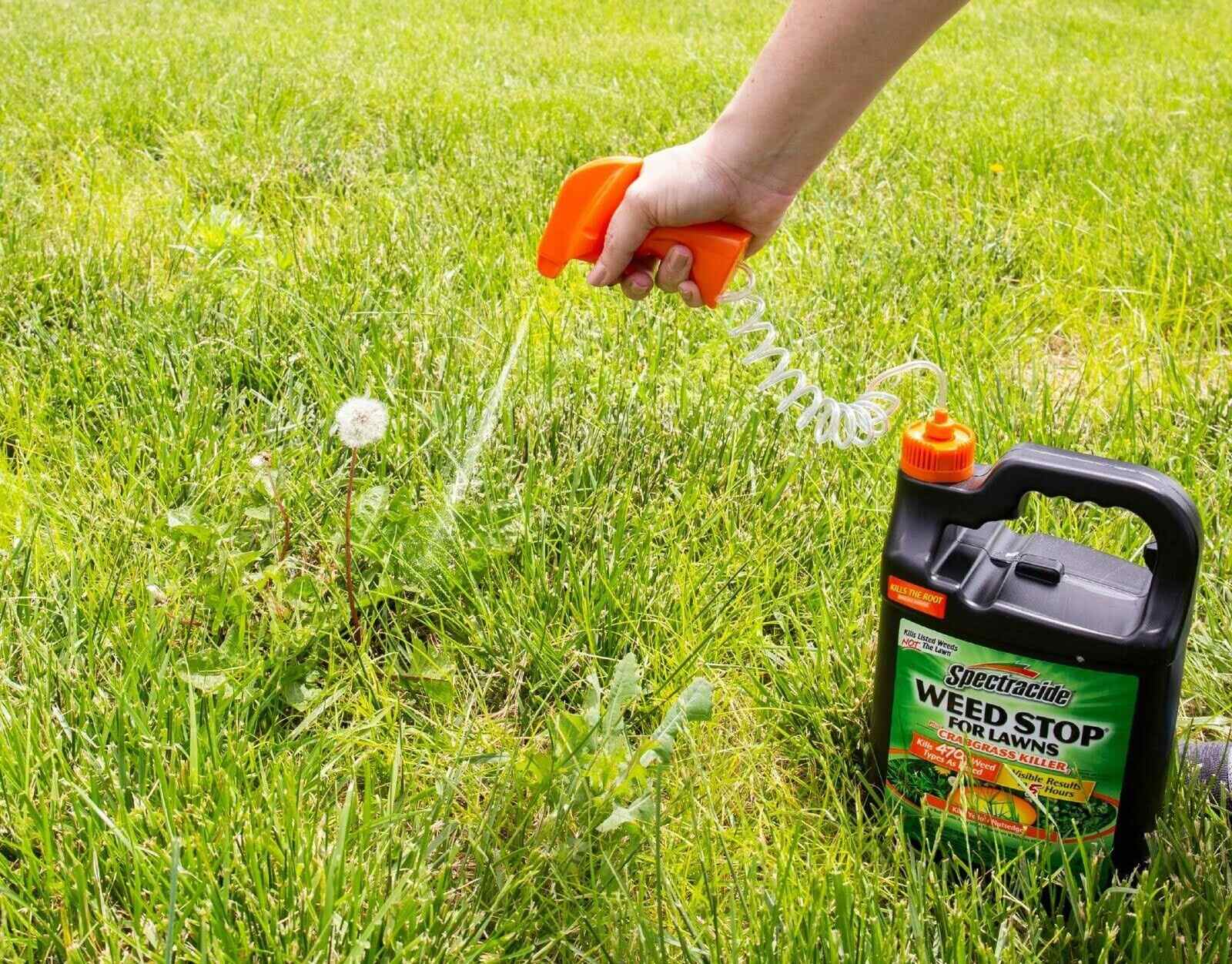
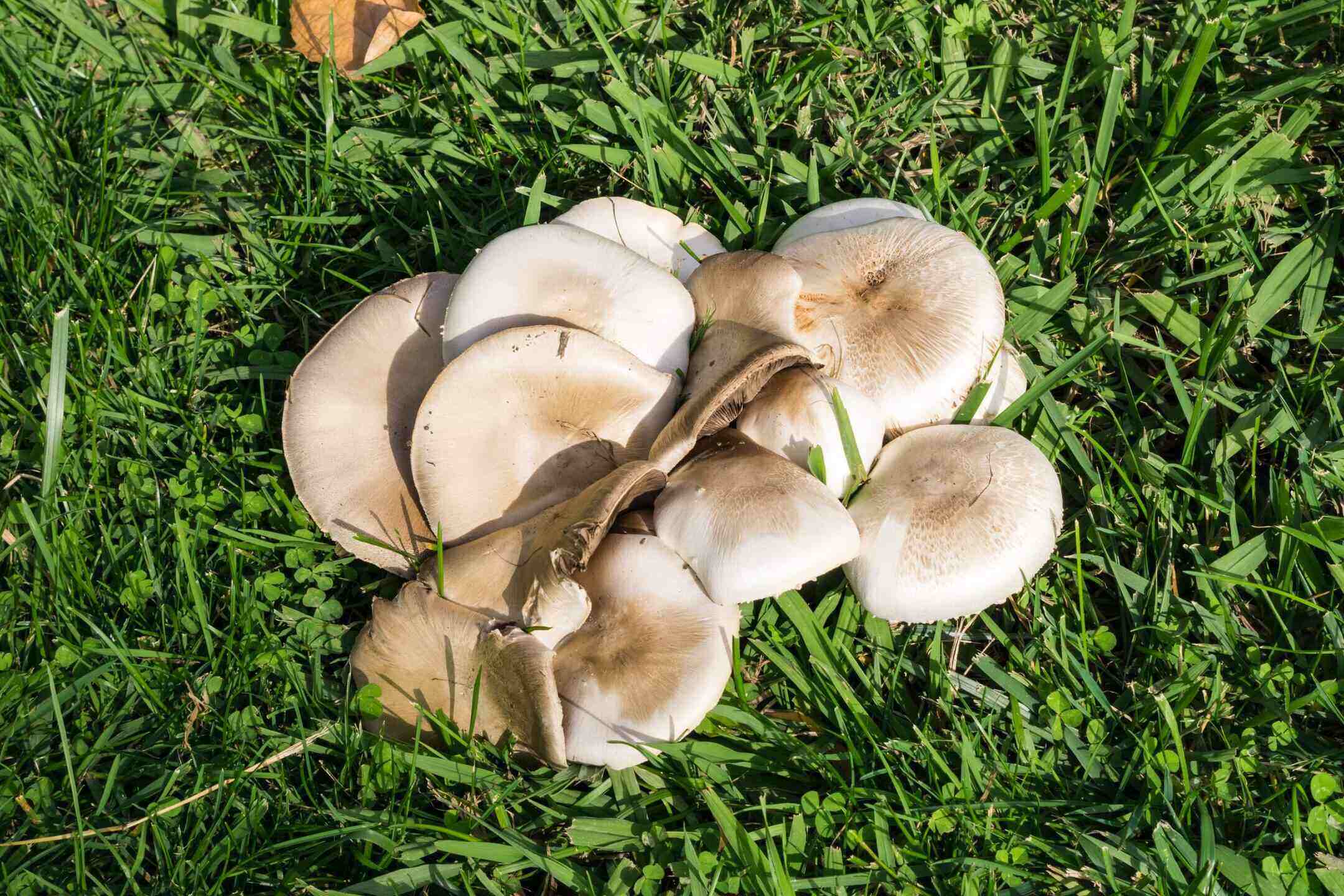
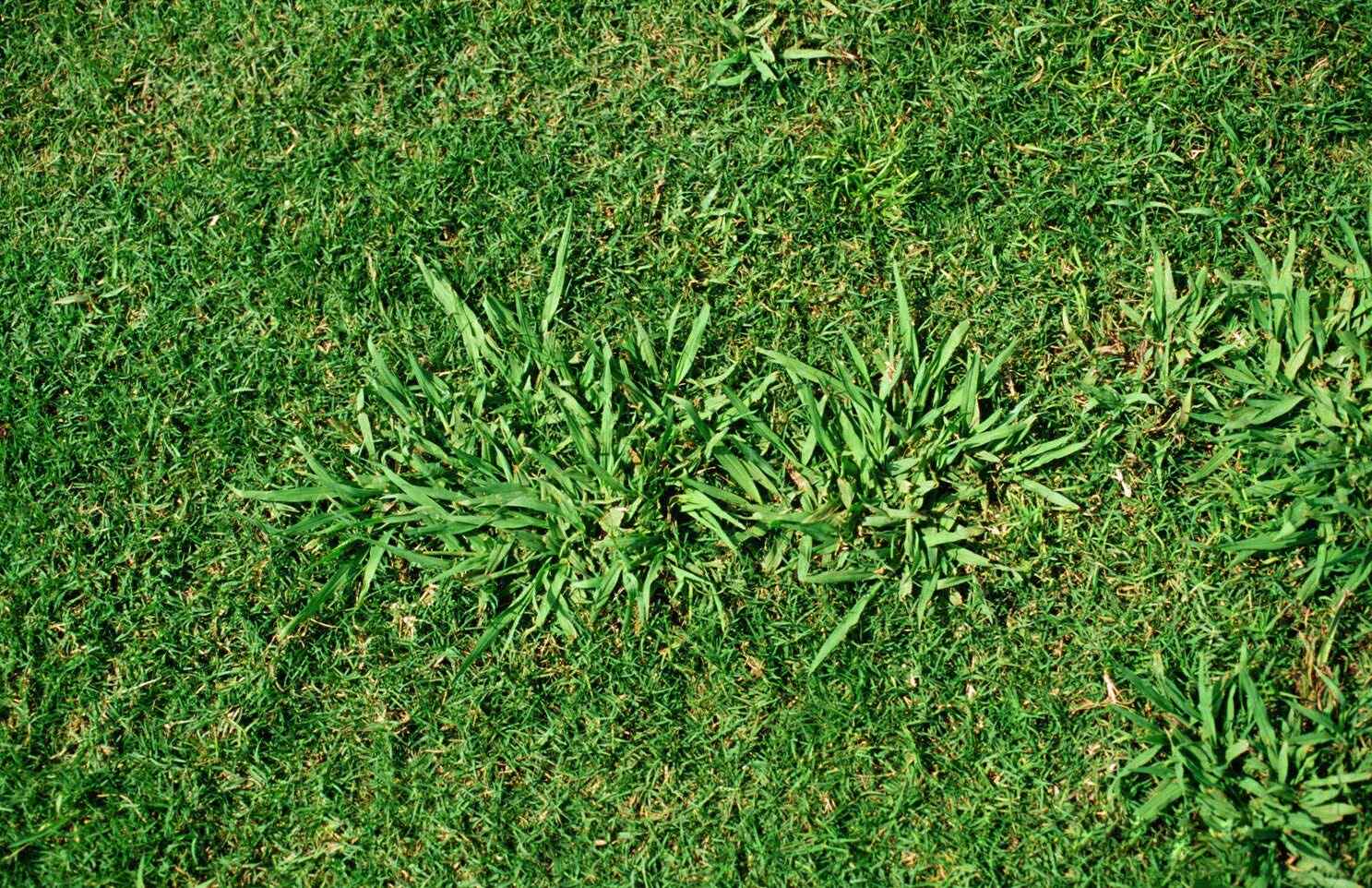
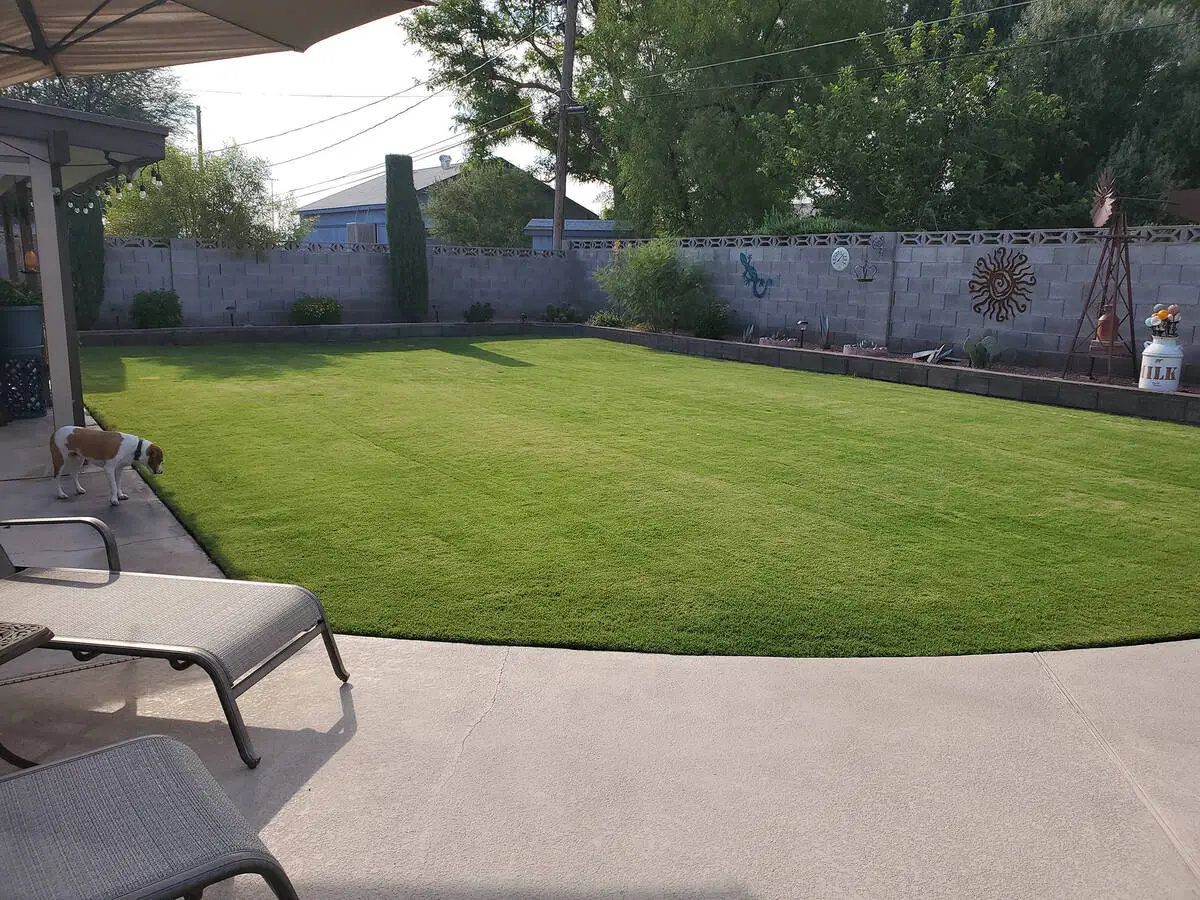
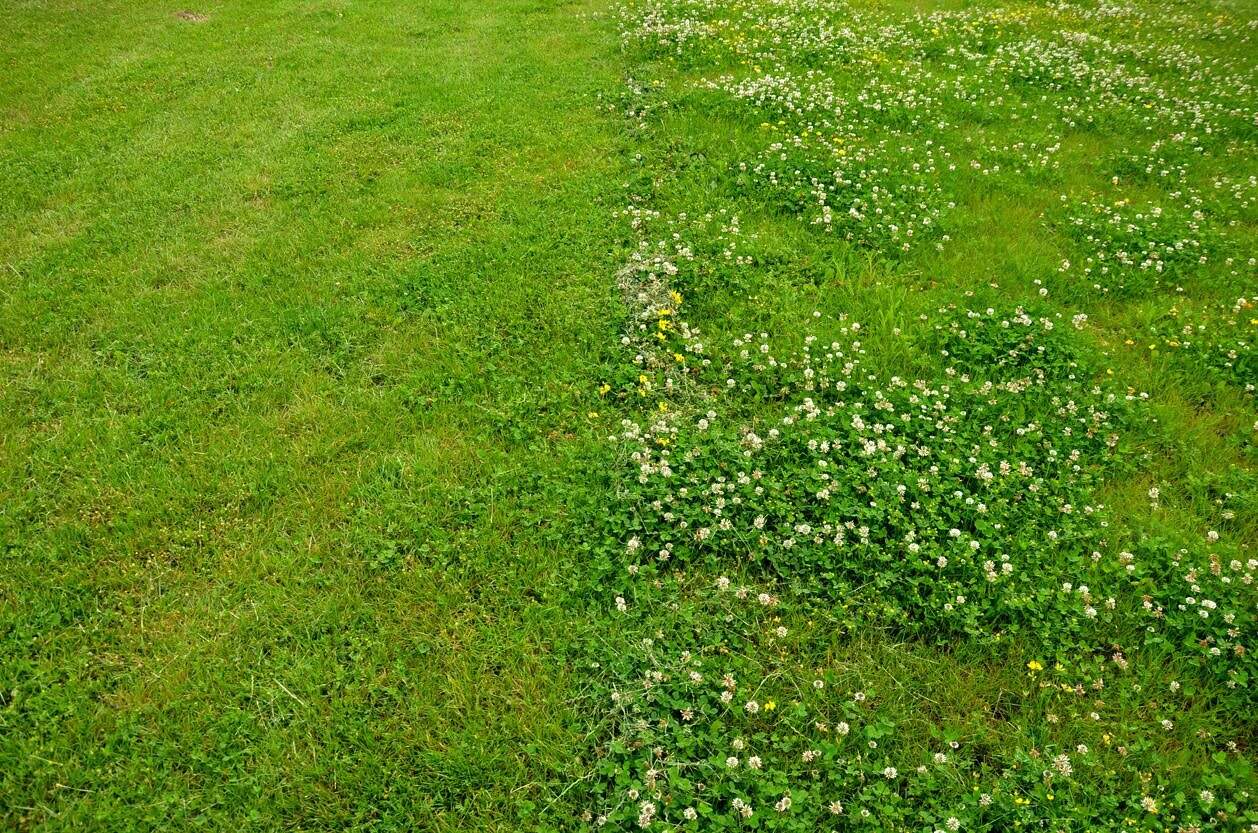
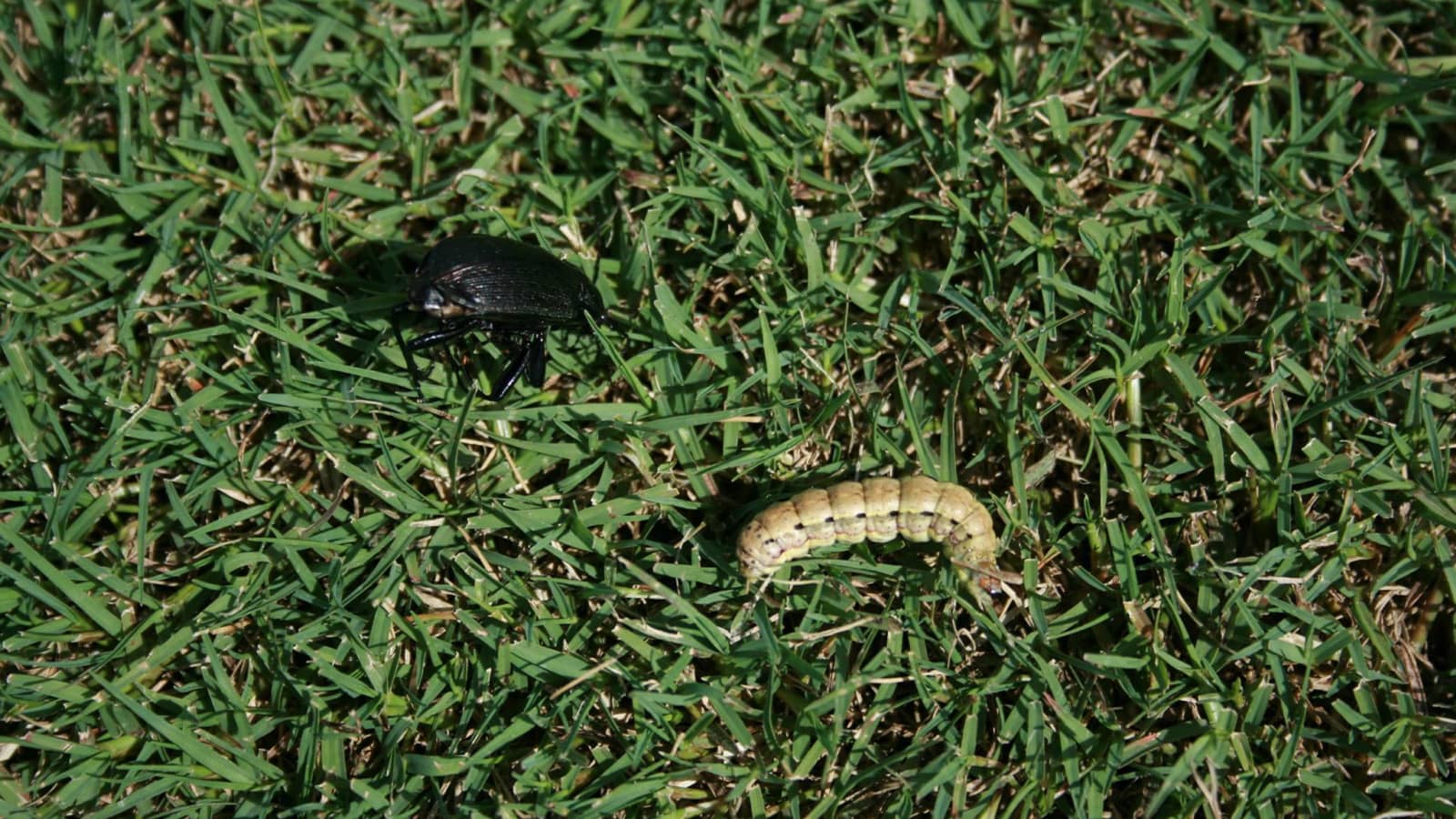
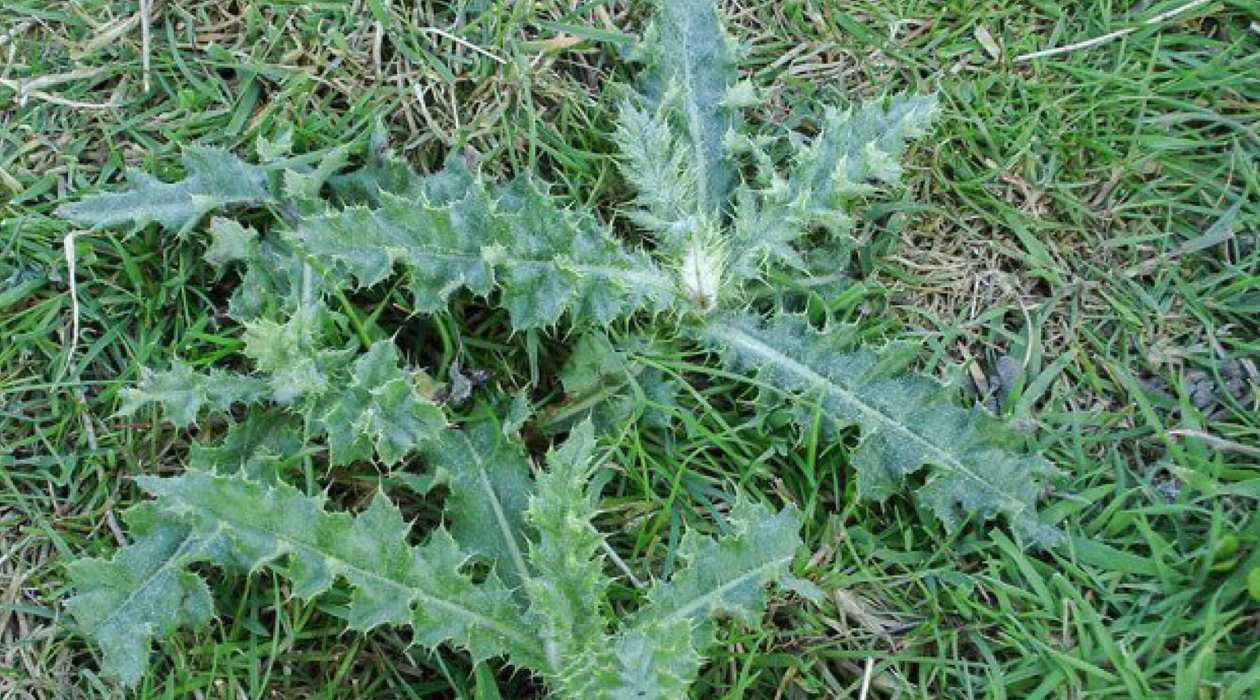
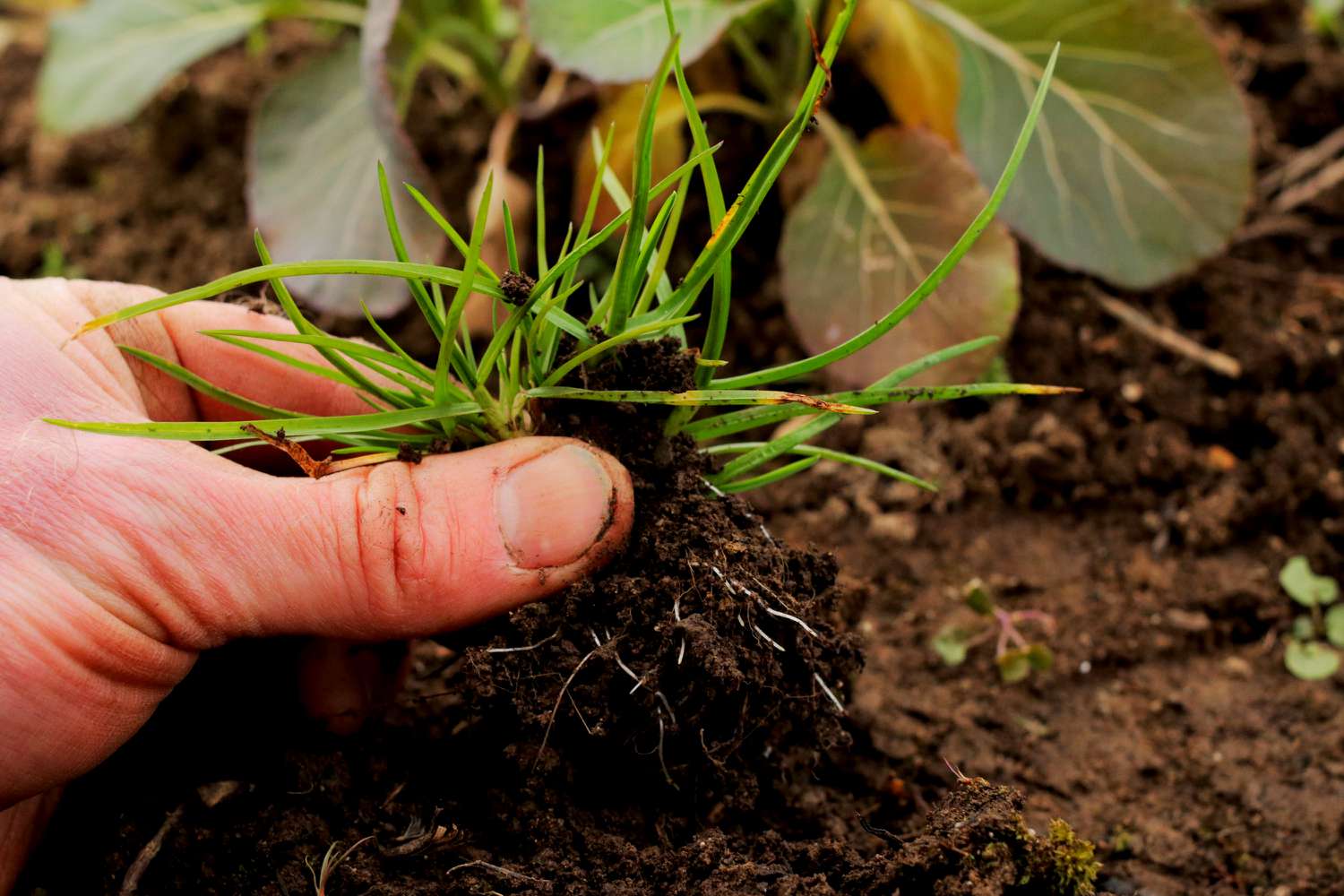

0 thoughts on “What Kills Nut Grass In Lawns”